There’s no getting around it — teachers are asked to do too much. And unfortunately, that often includes educator expenses they pay for out of pocket.
Thankfully, teacher discounts and grants for teachers can help lessen the burden of spending their own money on stuff for their classrooms. However, not every teacher or educator qualifies for discounts or grants. If that describes your position, there’s another way to reduce the load of buying school supplies by yourself — deduct them from your taxes.
Before you go throwing numbers down on Uncle Sam’s tax forms, there are some things that every educator should consider when tax season comes around.
Be sure to download the KCL app for the latest money-saving tips, deals, and coupons.
How Does Deduction for Educator Expenses Work?

In 2002, the federal government started offering a tax deduction for teachers who pay for school supplies out of their own pockets. The deduction can be used by teachers who either take the standard or itemized deduction.
When created, policymakers set the deduction at a $250 maximum. But for the first time since 2002, the IRS has raised the deduction to $300 for individual teachers. This means that for the 2022 tax filing year, teachers can deduct up to $300 in supplies. If you’re a teacher and are married to a teacher, you can deduct up to $600 in supplies and materials in total.
The IRS has said that they’ll continue to increase the deduction in $50 increments to help account for inflation.
While the changes are a step in the right direction, teachers may not see a meaningful difference when they file their taxes — especially considering how much many of them spend out of pocket. In 2021, teachers spent $750 on supplies on average. About 30% of teachers spent more than $1,000.
“If anything, the change is more symbolic rather than helpful,” said former school teacher and current financial advisor Kevin L. Matthews of Building Bread.
We’re always searching for the latest discounts and freebies for teachers — because they rock!
How a Tax Deduction Works

A tax deduction will lower your taxable income and reduce how much you have to pay in taxes. For example, let’s say your salary is $50,000 and you deduct $300 in supplies. Your new taxable income will be $49,700. When the government assesses how much you should pay in taxes, they’ll assess it on $49,700 and not $50,000.
There’s no income limit for this tax deduction, and teachers of any salary level can qualify. Educators who teach kindergarten through the twelveth grade can use this deduction. Preschool teachers are not eligible.
Teachers must also work at least 900 hours during that year to qualify. Substitute teachers who work at least 900 hours in a classroom annually can also use the deduction if they make any relevant purchases.
Deducting your school supplies and materials is fairly straightforward, even if you’re a new teacher or have never deducted school supplies before. First, keep receipts of any purchases made for your classroom.
These can include:
- Writing instruments
- Notebooks
- Printer and construction paper
- Books
- Computer equipment, including webcams, software, and headsets
- Personal Protective Equipment (PPE) to stop the spread of Covid-19
- Athletic equipment for PE teachers
Teachers can only deduct expenses that aren’t reimbursed by their school. For example, if you spend $300 on supplies, but your school district reimburses you for $200, then you can only deduct $100 worth of supplies on your taxes.
Always ask your district if they’ll provide any financial assistance before buying supplies on your own. It’s much better to be reimbursed for expenses directly instead of taking the tax deduction.
Taking this kind of deduction is slightly more complicated than normal because you won’t receive a special form in the mail that shows how much you spent on qualified expenses. Instead, you’ll have to do the math yourself.
It may be helpful to have a spreadsheet detailing what you bought, the amount spent, the date of the transaction, and the store name. You can also create a folder with the receipt images and the spreadsheet. Keeping it all organized will make it much easier come tax time.
Make sure to keep these receipts after you’ve filed your taxes in case you’re ever audited and have to prove that you were allowed to use that deduction.
TIP: Any time you buy qualified supplies, ask for an emailed receipt or take a picture of the receipt. It’s best to take a picture of the receipt because many paper receipts will fade over time, making them hard to read. To store paper receipts, use a plastic storage container to help preserve them. Store digital receipts in a folder on the cloud.
Other Tax Rules for Educators

Even if you’re not a full-time teacher, you may still be able to deduct educator expenses, including supplies and other equipment. For example, if you work as a tutor, you can deduct any supplies and materials necessary for that business. This deduction won’t fall under the education expenses deduction. Instead, it’ll count as a deduction for your business.
If you’re a teacher taking continuing education courses, you can also count those toward the deduction for educator expenses. However, you’ll likely be better off using the Lifetime Learning tax credit instead, which may have a bigger impact on your taxes.
Teachers used to be able to deduct union dues on their taxes. But teachers are no longer able to deduct union dues from 2018 to 2025. Those who homeschool their children cannot deduct any materials and supplies they buy.
State Tax Benefits for Teachers

With a nationwide teacher shortage, some states have proposed incentives to lure more people to the profession.
In 2021, Georgia passed a law that teachers who work in a participating high-need school will get a $3,000 tax credit for five years. This can result in a huge tax refund for teachers, especially those who are single or who have dependents. A tax credit directly reduces how much you pay in taxes. For example, if you owed $1,000 in taxes and had a $200 tax credit, you would only pay $800 in taxes.
In Iowa, teachers can deduct up to $500 in un-reimbursed school supplies, up from $250.







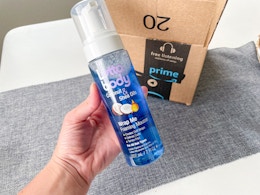









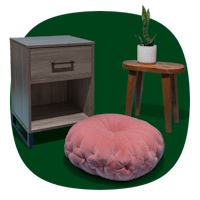

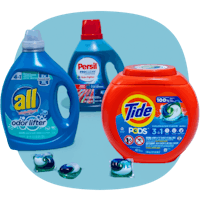
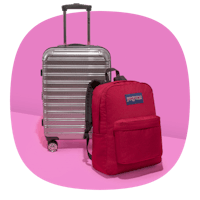




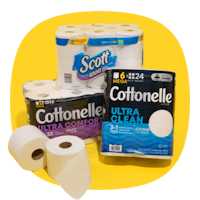



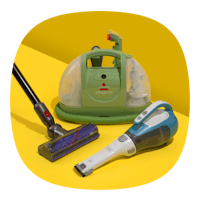

Tell us what you think